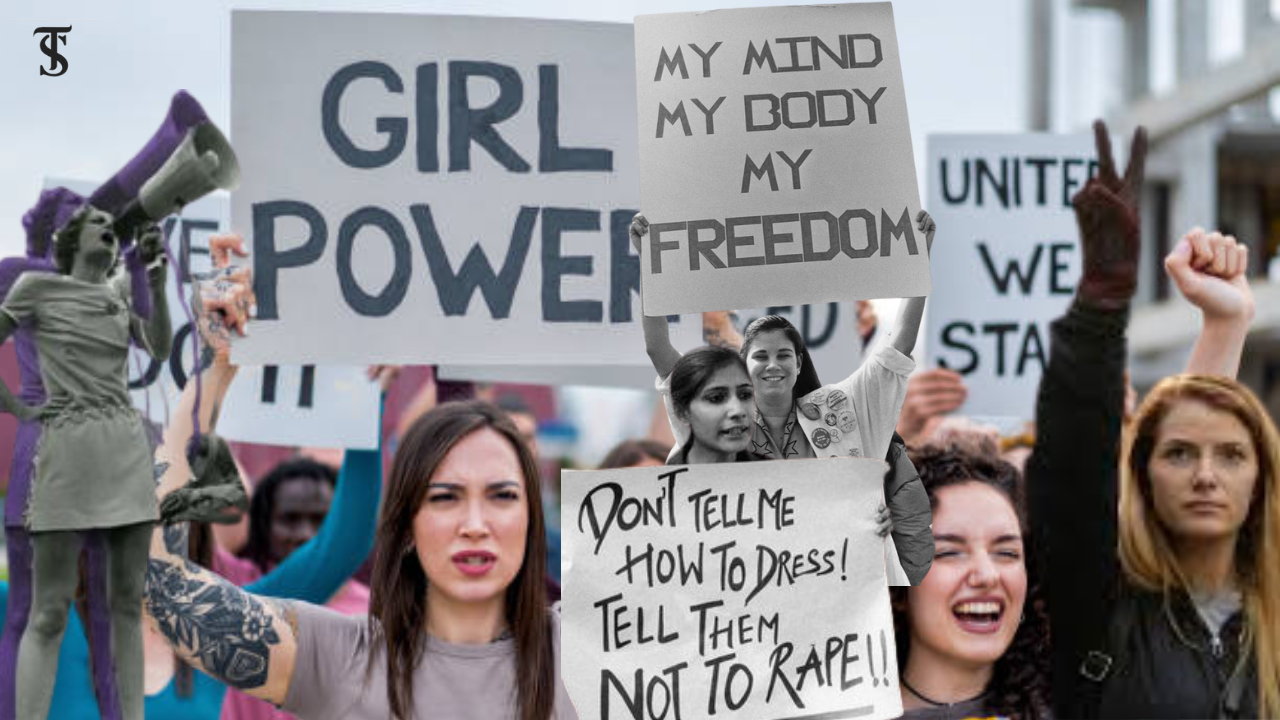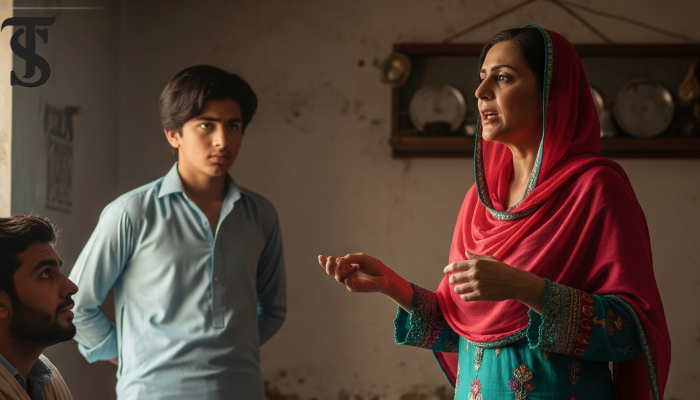The Controversial Issues of Feminism in Contemporary Women’s Rights Movements

- Evolution of Feminism: Feminism has expanded from advocating for legal rights to addressing broader issues like intersectionality, equity, and cultural norms, leading to diverse interpretations within the movement.
- Debates on Equality vs. Equity: There is ongoing disagreement over whether feminism should focus on equal treatment for all women or account for individual needs and circumstances.
- Inclusivity and Internal Divisions: While feminism strives for unity, it faces tensions between various groups, such as white feminism vs. women of color, and the inclusion of transgender women, revealing both challenges and growth within the movement.
Feminism has evolved significantly since the late 19th century when suffragists first demanded women’s voting rights. Initially centered around achieving equality within a legal framework, the movement has since expanded to encompass racial, sexual, and social dimensions, as well as a critical examination of societal norms. Over time, the meaning of feminism has broadened, giving rise to varied interpretations and debates about what feminism is—and what it should strive to achieve. This evolution raises the fundamental question: Is modern feminism losing its original focus, or are these diverse perspectives necessary to address the unique needs of all women?
Undeniably, feminism has made significant strides in advancing women’s rights, but its progression has also sparked intense discussions and disagreements. Today, the movement is often split into opposing factions, each advocating different priorities. While some believe feminism should remain focused on civil rights, others argue it must address broader, intersecting layers of oppression. These differences prompt important questions about the future of feminism: Can it continue to serve as a unifying rallying point for those pursuing gender equality, or will its internal divisions hinder progress?
One key area of debate is whether the diversity within feminism strengthens or weakens the cause. Can feminism unite women from varied backgrounds and experiences, or does its inclusiveness fragment the movement? These questions reflect the tension at the heart of contemporary feminism—between equality and equity. Equality demands uniform treatment for all, while equity considers individual circumstances and seeks to address specific needs.
This tension often surfaces in debates over the best approach to advancing women’s rights. For example, should working mothers receive special accommodations at work due to their parental responsibilities, or should they be treated the same as their male counterparts? This dilemma is akin to asking whether everyone should be given identical shoes or shoes tailored to fit their feet. Critics of equity argue that accommodating individual differences risks creating new forms of inequality, while proponents contend that ignoring these differences perpetuates systemic injustices.
The concept of intersectionality, popularized by Kimberlé Crenshaw, has become a cornerstone of modern feminist thought. It highlights how overlapping identities—such as gender, race, and class—interact to create unique experiences of oppression. While intersectionality offers a framework for understanding diverse experiences, it has also deepened divisions within the movement. For instance, “white feminism” is often criticized for prioritizing issues like workplace equality while neglecting the struggles faced by women of color, who confront additional layers of discrimination. This raises an essential question: Does feminism genuinely represent all women, or does it inadvertently marginalize certain voices?
A similar challenge arises in the inclusion of transgender women within feminist discourse. While some argue that trans women’s fight for gender equality aligns with feminist principles, others contend that they lack the lived experiences of cisgender women and, therefore, cannot fully grasp the unique challenges they face. This debate underscores broader philosophical questions about the nature of womanhood: Should feminism impose boundaries on who qualifies as a woman, or should it embrace all individuals oppressed due to their gender?
The struggle to define womanhood becomes even more complex in a world increasingly viewed as post-binary and post-essentialist. As societal understandings of gender evolve, feminism must grapple with these changing realities. Eleanor Roosevelt’s famous words, “No one can make you feel inferior without your consent,” offer a powerful reminder of the importance of individual agency and resilience. Roosevelt’s advocacy for human and women’s rights emphasized that one’s identity should not be dictated by societal norms or patriarchal structures. Her perspective remains highly relevant to modern feminism, which continues to challenge backward regimes and demand equal opportunities, recognition, and fairness for women.
Cultural feminism, which celebrates traditionally feminine qualities and roles, has also sparked debate. While some view this approach as a way to honor women’s unique contributions to society, others criticize it for reinforcing gender stereotypes. Campaigns that elevate parenting as a noble vocation, for example, may inspire some women but alienate others who choose not to have children. This contradiction reflects a two-edged sword: While cultural feminism can empower, it can also undermine the feminist ideal of autonomy and choice.
The role of men in feminism is another contentious issue. While many feminists welcome male allies, others fear their involvement could dilute the movement’s goals. Campaigns like HeForShe, which encourage men to support gender equality, have faced criticism for shifting focus away from women’s struggles. Yet, this raises an important question: Can feminism achieve its goals without engaging half the population? The answer is both yes and no, illustrating the paradox at the core of the movement.
Feminism today is at a crossroads, like a traveler with a map offering too many routes. As it navigates issues such as equality versus equity, intersectionality, trans rights, cultural feminism, and the involvement of men, its diversity emerges as both a strength and a challenge. These discussions, though controversial, signify evolution rather than regression. They demonstrate that feminism is not static but reflective, adaptable, and prepared to address new societal dynamics.
Ultimately, the movement’s capacity to rise above its internal divisions will determine its future. Can feminism, with all its complexities and contradictions, forge a more just society for marginalized individuals? Perhaps the answer lies in embracing its paradoxical nature—its fluidity and openness to change. Like life itself, feminism’s ambiguity may be its greatest strength. By acknowledging and addressing its challenges, the movement can continue to grow and adapt, ensuring that its core mission—advocating for justice and equality—remains relevant in an ever-evolving world.
Humera Mehboob
The author is a Pakistan-based novelist and a contemporary author who has written almost four novelists. These are Nazia, Redemption’s Glow, Singing the Tale of Serenity Shores, lastly Journey And Surrender.





